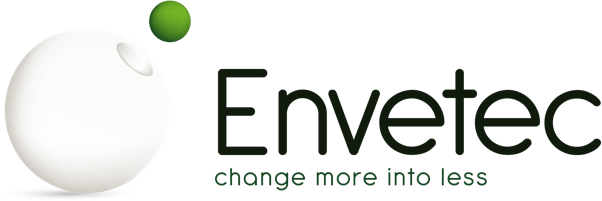12 Nov 2021
Harmonization - an important tool to improve patient safety in laboratory medicine
Technopath are proud to sponsor this educational webinar, delivered by Professor Mario Plebani and hosted by The Pathologist.
)
Presenter: Prof. Mario Plebani
Professor of Clinical Biochemistry and Clinical Molecular Biology at the School of Medicine, University of Padova
Recording Now Available >
 Watch Now
Watch NowHarmonization - an Important Tool to Improve Patient Safety in Laboratory Medicine
Chief of the Department of Laboratory Medicine at the University-Hospital of Padova, Italy. He is also dean of the university’s medical school and director of its postgraduate course of clinical pathology and clinical biochemistry. He served as president of the International Society of Enzymology for four years, president of the Italian Society of Clinical Biochemistry and Molecular Clinical Biology for five years, and president of the Federation of Italian Societies of Laboratory Medicine for three years. Prof. Plebani is editor-in-chief of Clinical Chemistry and Laboratory Medicine and co-editor-in-chief of Diagnosis. He serves on the editorial boards of seven journals and as a referee for 17 more. He has published 1100 papers, more than 900 abstracts, 20 books, and 50 book chapters.
Webinar Description
Despite monumental advances in quality improvement over the past few decades, clinical laboratories are still under increasing pressure to achieve efficiency, timeliness, safety, effectiveness and patient-centered services.
Laboratory tests are required for fulfilling the healthcare needs of individual patients and populations; they are critical to predict susceptibility to and prevent disease, to achieve early diagnosis and effective monitoring, and to determine prognosis and personalize treatment to get the best outcomes. However, many laboratory test results are still highly variable, poorly standardized and harmonized. But analytical variability is the tip of the iceberg, as clinicians and patients require that laboratory tests performed by different laboratories at different times on the same patient can be compared and consistently evaluated. This, in turn, requires not only the comparability of analytical results but also of the ultimate laboratory information; therefore, all other aspects of the total testing process (TTP), such as terminology, sample and specimen quality, units, reference ranges and decision limits, report formats and criteria for interpretation should be harmonized.
If the final goal is that patient treatment based on laboratory information is accurate, timely and safe, a global picture of the harmonization process is required which takes into consideration both analytical and extra-analytical steps of the testing process.
The aim of this lecture is to provide the current state-of-the art of harmonization in laboratory medicine and further steps to improve better comparability of the laboratory information and better patient safety.
Key Learning Objectives:
- Concepts of Harmonisation in the Clinical Laboratory
- Impact of Harmonisation on laboratory quality
- Contributing factors to Harmonisation in the clinical laboratory
Who Should Attend:
- Clinical, hospital, and reference laboratory stakeholders.
- Laboratory directors, laboratory managers, quality managers.
- Clinical laboratory scientists and technicians.



)
)
)